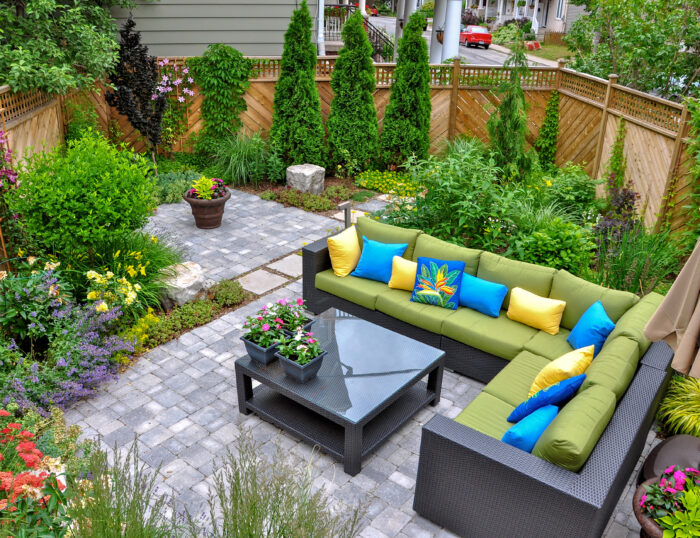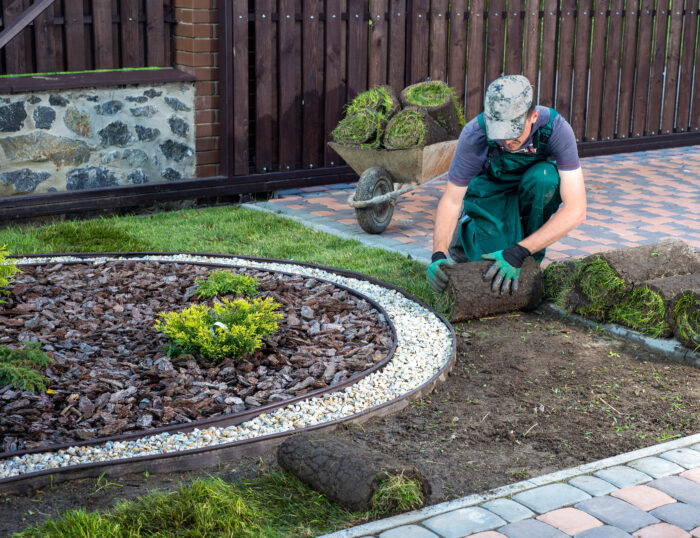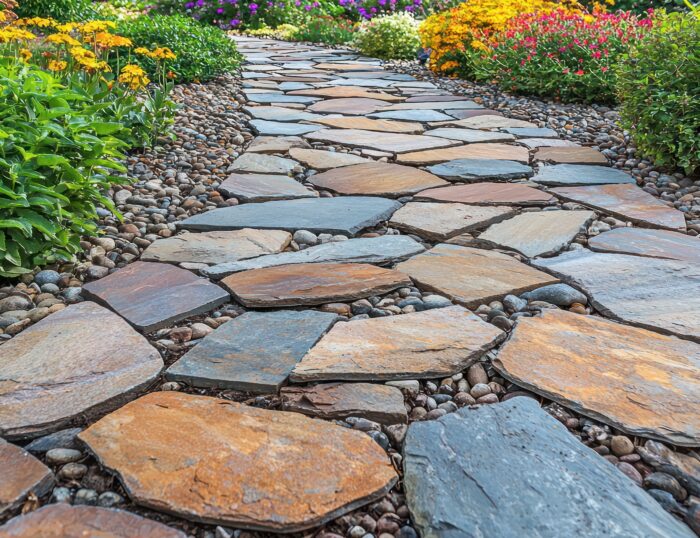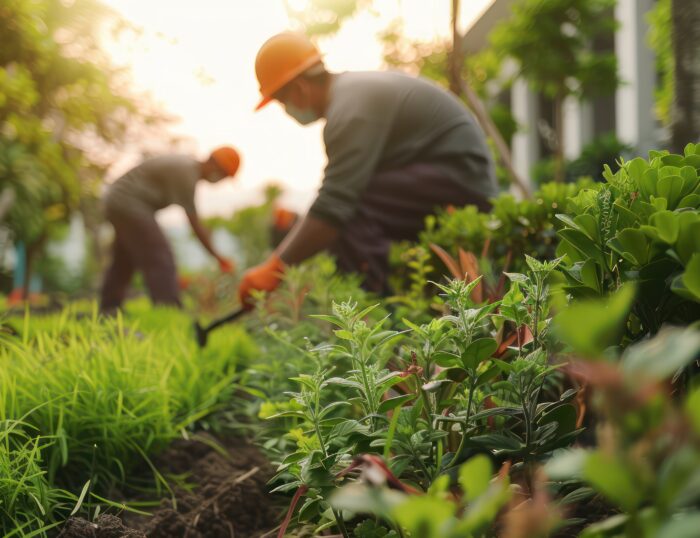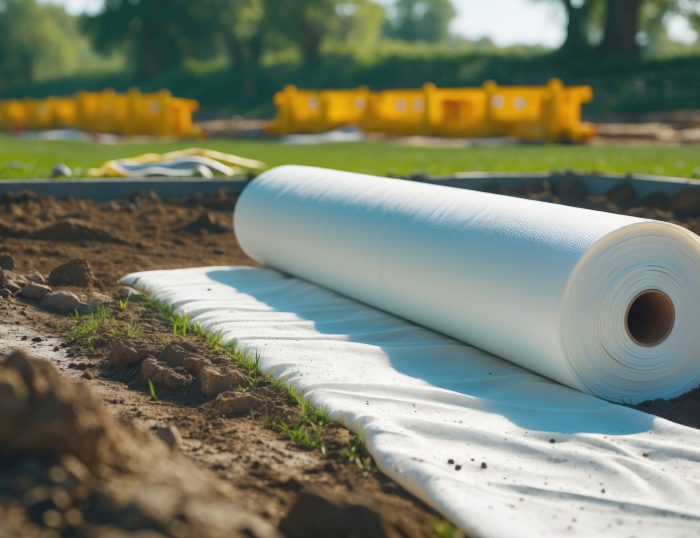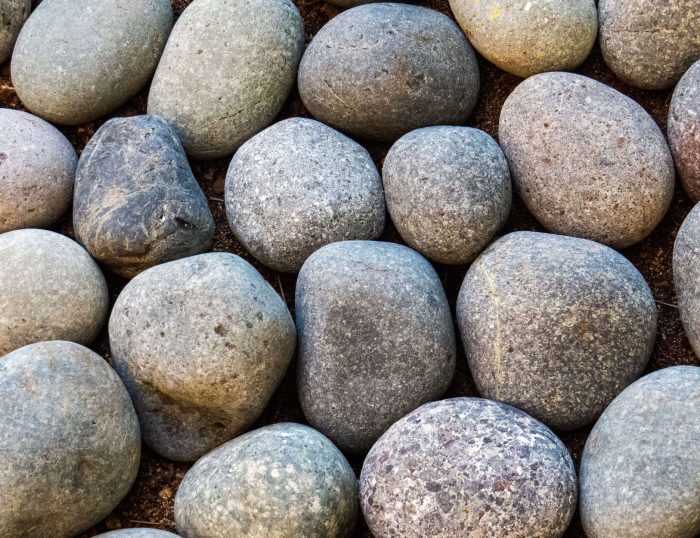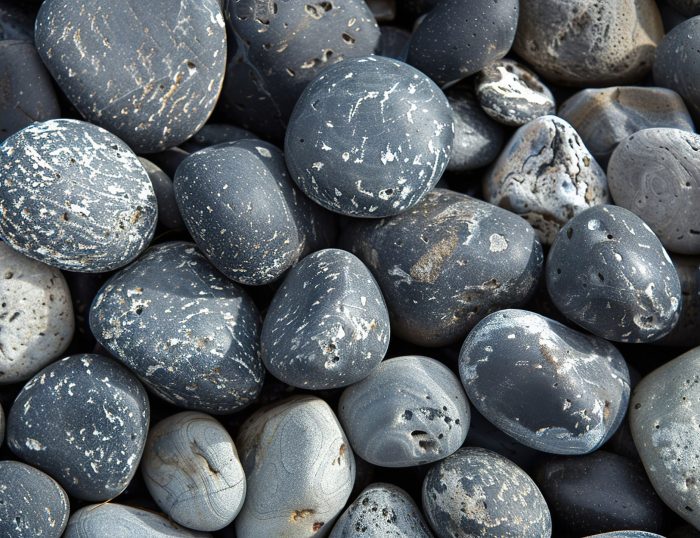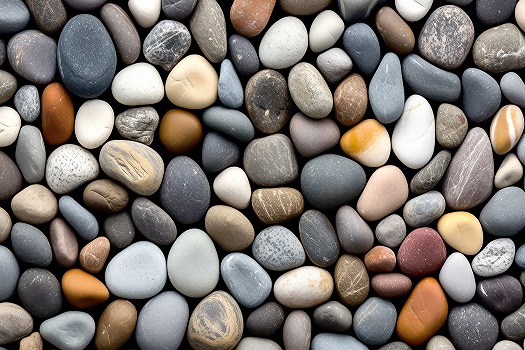
Select Drought-Tolerant Plants
Drought-tolerant plants are more likely to survive being transplanted in the hottest part of the summer. Lilac, lavender, and sage are a few types of plants that tend to do well in warmer weather. You might also opt to use succulents in your landscaping as low-water options you’ll enjoy seeing throughout the year.
Fill in Extra Space with Landscaping Rocks
Natural grass often struggles when you plant it during the summer. If spring has already passed, you might opt to fill in the spaces around larger plants with landscaping rocks. Landscape pebbles are available in a wide range of neutral hues that enhance the beauty of plants, and you’ll likely find you prefer the low-maintenance features of decorative rocks for landscaping that looks beautiful without needing to be trimmed or mowed.
Try to Plant on a Cool Day or in the Evening
Most bushes, flowers, and trees experience some degree of stress when you replant them in your yard. If possible, try to plan for planting to occur on a cloudy day or just before sunset, when the plants can benefit from less harsh sunlight. Watering the plants after putting them in the soil will also be more effective when it has time to soak into the ground and around the roots overnight.
Plan to Water Live Plants Frequently and Deeply
New plants need more frequent watering than established ones. In the summer, you can expect to increase the frequency of the watering schedule further. You’ll want to follow the proper watering and fertilizing schedule for the types of plants you put in your landscaping design. But most plants need watering every day for the first week or two after you plant them. You’ll also want to arrange the watering schedule to last long enough for deep soaks that penetrate the ground to reach the root system.
Use Landscape Rocks in Place of Mulch
Maintaining moist soil is a challenge in the summer months. Placing mulch around the bases of trees and larger plants can keep moisture in the soil. However, summer rainfall can cause mulch to break down faster or run off in water streams. In areas that get heavy summer thunderstorms, such as Nashville, Mexican beach pebble can keep the bases of new plants moist. Choosing light-colored beach pebbles is also a great way to keep plants cooler by reflecting the sunlight away from the ground.
Explore Zero-Water Landscaping Features
If you want to update your landscaping but decide the hassle of new plants isn’t worth it in the summer, especially if you live in an area that combines heat with high humidity like Detroit, Mexican beach pebble and other types of landscaping rocks offer a solution. Not only do decorative rocks require zero water, but you can also arrange them in a variety of ways to spruce up your outdoor areas. For instance, you could use decorative rocks to surround patio furniture, or you might want to make a meandering pathway through your yard.
No matter when you’re planning to work on your landscape, you can enhance its character and beauty with a variety of decorative stones. For advice on designing your landscape with decorative rocks and beach pebbles, reach out to the experts at RS&P Rock Stone & Pebble, a premier landscape rock and supply superstore. We specialize in drought-tolerant landscaping materials, including a variety of Mexican beach pebble and river rock. To learn how we can help you enhance the look of your landscape, call us today.

